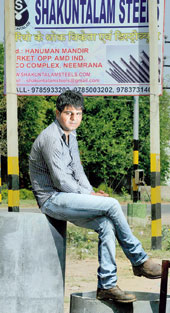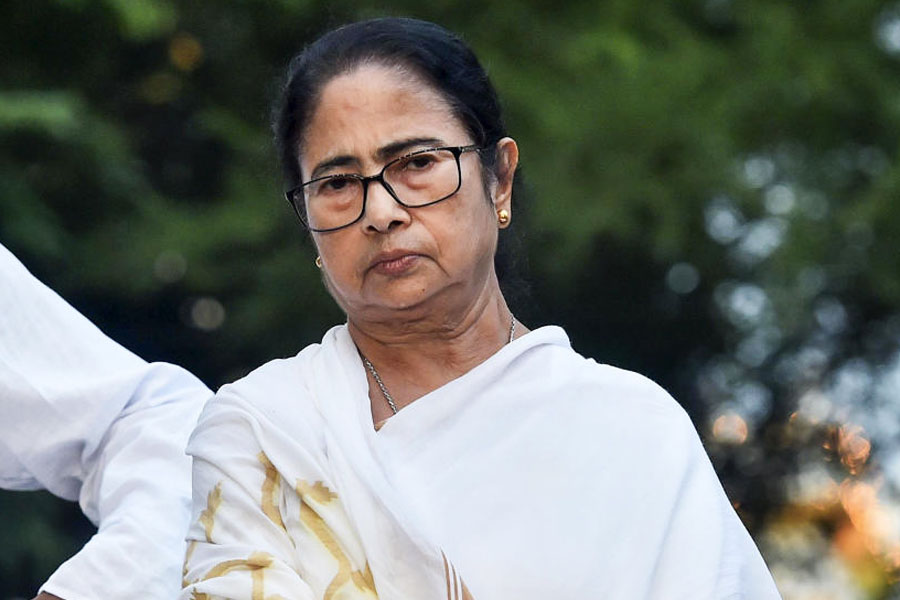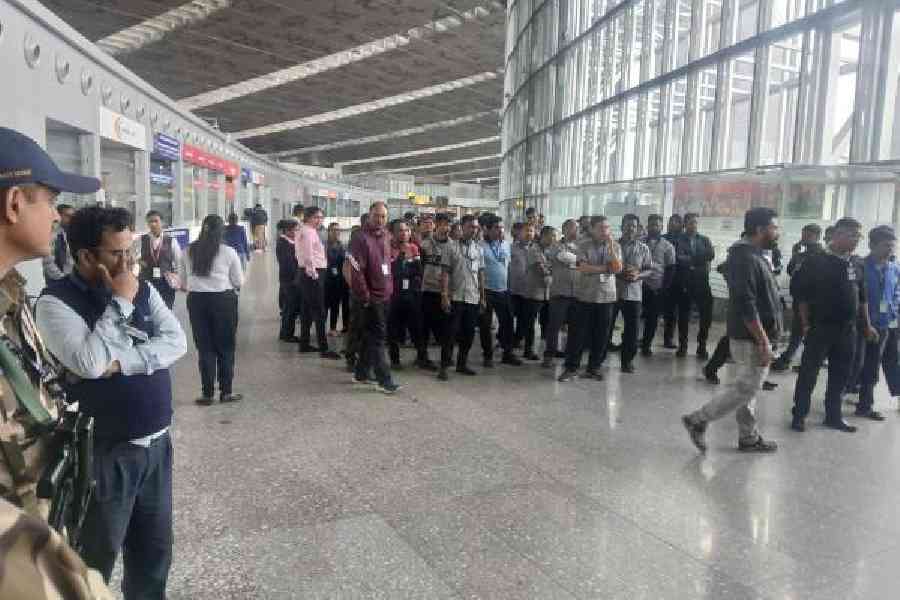 |
 |
| GROWTH STORY: Anurag Sharma (top) attributes his opening a steel and cement business at Neemrana in Rajasthan to the region’s development. R.K. Sudrania (above) quit his job to start a granite company in Jaipur, thanks to a real estate boom there. |
Anurag Sharma, 23, a graduate and the son of a village schoolteacher in Shahjahanpur in Rajasthan, convinced his father to sell a part of his land so that he could start a small firm dealing with steel and cement. His father agreed, albeit reluctantly. Today, Sharma runs Shakuntalam Steels, from a 20x15ft office in the RIICO Commercial Complex in Neemrana with a basement to store steel and cement.
Sharma had realised that with multinationals such as Nissin, Nippon, Mitsubishi and others setting up base not very far from his village, more companies were bound to come and there would be a huge demand for steel and cement.
He was not wrong. His company has been doing brisk business. Indeed, he has run out of the steel rods he supplies for the buildings coming up in the area and is barking out orders for fresh supplies.
In fact, most people in the RIICO Commercial Complex, says Sharma, are first-time entrepreneurs from nearby villages. While one of his friends runs a security agency, another has a paint shop. “But for the region’s development, all these people would have either become security guards in some city or would be tilling their fields. Even they can’t believe their luck,” he says.
Far away in Bhatgaon village in Chhattisgarh, Atul Kumar is waiting for his paddy to be weighed in a procurement centre in Durg. After it is weighed, he is handed over a computerised cheque for Rs 56,750. Kumar’s earnings from his paddy were once dictated by the men in the mandi. “They would pay us anything in the name of the minimum support price and we always dreaded middlemen,” he says. Now life is looking up. Better irrigation facilities have resulted in his paddy yield climbing from 45 quintals five years ago to around 60 quintals. He has also invested in a tractor and added another acre of land to the six acres he had inherited.
Sharma and Kumar are not isolated cases in Rajasthan and Chhattisgarh. People are leading better lives in the states once considered “Bimaru” — an acronym for Bihar, Madhya Pradesh, Rajasthan and Uttar Pradesh, and a Hindi slang for the ailing. All of them are showing exciting stories of development. And the same goes for Jharkhand and Chhattisgarh, carved out of two so-called Bimaru states.
The term “Bimaru” was coined by demographer Ashish Bose in the mid-Eighties when he found that these states were struggling to keep pace with the others. But the Planning Commission of India recently noted at a National Development Council meeting that the concept of “Bimaru” states was no longer relevant because of their high growth rates and rise in per capita incomes.
Witness Bihar, for instance. Once mired in almost terminal underdevelopment, its gross domestic product (GDP) has been growing at a fast clip over the last few years. It grew by 11.29 per cent in 2010-2011 and 13.26 per cent in 2011-12 (see chart). Indeed, Bihar’s GDP growth figures exceed that of even high-performing states such as Gujarat, Maharashtra or Tamil Nadu.
The per capita incomes of these states have also grown substantially in the last five years. Yes, they are still below the national per capita income of Rs 38.037 in 2011-2012 — and lag considerably behind the per capita incomes of better performing states. For example, while Madhya Pradesh’s per capita income in 2010-2011 was Rs 22,382, and Bihar’s a low of Rs 13,632, that of Maharashtra was Rs 62,729 in the same year.
Still, it’s the pace of growth that is noteworthy. Says Pronab Sen, former special secretary, Planning Commission, “Earlier we found the richer states were getting richer and the poorer states were stagnating. But social and economic indicators for the last decade show that the poorer states have done well and we can expect even better growth rates in the coming years.”
To be sure, the high growth rate these states have witnessed in recent years is partly because of their low base. “Gradually, the base will expand and reduce the rate of growth,” says D.H. Pai Panandiker, economist and president of the New Delhi-based RPG Foundation, an independent think tank. “But the high growth can be sustained over the next 10 years if the development strategy is followed through,” he adds.
One reason for the fast pace of growth in the erstwhile basket case states is a neo green revolution of sorts. In all these states, with the exception of Rajasthan, development has been powered by rising agricultural output. Says Dr G.S. Kalkat, member of the Planning Commission’s steering committee on agriculture and allied sectors for the Twelfth Five Year Plan, “MP and Chhattisgarh have invested a lot in irrigation and co-ordination with the farmers.” In fact, MP recorded an 18 per cent growth in agricultural output in 2011-2012. “There is no doubt that agriculture has played an important role in the progress of these states,” adds Kalkat.
Yashvir Tyagi, development economist at Lucknow University, agrees. “States such as Madhya Pradesh and Chhattisgarh have concentrated on developing irrigation facilities which has helped a great deal,” he says.
Indeed, MP has now become the country’s highest wheat-producing state. “We are the wheat bowl of the nation today,” says state agriculture minister Ramakrishna Kusmaria.
 |
| DREAMING GOLD: Ram Bir Singh of Gugalkota in Rajasthan’s Alwar district |
Liberal infusion of central funding too has helped. Satish Kumar, associate professor, department of political science, Central University of Haryana, Mahendragarh, who has been studying the Bimaru states closely, feels that most of these states began growing around the time India too began to clock a high growth rate. “The central government was in a position to funnel more funds to these states,” he says. V.S. Vyas, member, economic advisory council to the Prime Minister, agrees that central funding has played an important role in the growth of states. But he also adds, “Luckily, this was also the time when states realised the importance of growth in all spheres of the economy.”
What is more, in all these states, industry too grew at an impressive pace, helped along by government policy and investments. Chhattisgarh and Rajasthan, for example, are freeing up government land for establishing industrial zones and increasing investments in infrastructure such as roads.
Cut to Ram Bir Singh at the village of Gugalkota in Alwar district of Rajasthan. For now he is happy driving his Tata Magic, a commercial passenger vehicle, which ferries workers to the Neemrana industrial area. But Singh, 42, knows he is sitting on a gold mine. The value of the two acres of land he owns in his village has skyrocketed, thanks to the coming of industry.
“Some land developers are offering me almost Rs 4 crore for my land, but I am waiting for the right price,” he says with a smile. He earns anywhere between Rs 400 and Rs 600 a day. He extended his house and shifted his two children to a private school in Neemrana when his land value started shooting up.
The advent of industry has also meant electricity and access to health and good quality education for his children. “Whatever changes have happened in my life have been due to the coming of industry to the region. I could never complete my high school, but I hope both my children become engineers,” says Singh.
Certainly, the state government seems to be committed to putting industrialisation on a fast track. “We have approved proposals worth Rs 34,000 crore in the industrial sector in the last four years,” says Siddharth Mahajan, commissioner (Investment & NRIs), Bureau of Investment Promotion, Rajasthan. About Rs 11,000 crore will be invested in developing the state’s highways in the next three years.
R.K. Sudrania was quick to recognise the winds of change. He decided to quit as the marketing manager of NPCC Engineering Limited in 2006 to start his own granite business in Jaipur. “I was looking at the way real estate was expanding. I took a chance and it paid off,” says Sudrania, owner of Sri Sai Kripa Stones, which, he adds, has grown five-fold in the last six years.
Yet not all states have experienced roaring industrial growth. Bihar continues to be a laggard, having implemented only around Rs 150 crore worth of investment proposals in the last five years in industries requiring no licence. Chhattisgarh, on the other hand, has implemented proposals worth Rs 2,000 crore in the same period.
Panandiker of RPG Foundation points out, “The growth that has taken place is not well balanced. For example, in Bihar, the development has been mainly in agriculture. Many of these states are yet to develop an industrial culture.”
The states that have done well on the industrial front, however, are crowing about their achievements. “We have had so much investment in areas like power, steel and mining that we are no longer inviting investment in these areas. We would like investments in agri-business, software and other areas that can provide large-scale employment,” says Dinesh Srivastava, secretary, commerce and industry, Chhattisgarh.
So should we, once and for all, ditch the term Bimaru?
Not yet. Experts point out that none of these states has made significant progress on human development parameters. “The Bimaru states continue to be Bimaru,” asserts Ashish Bose, who explains that his concept of Bimaru was not based on economic, but demographic, considerations.
“Vast areas of growth remain neglected, such as education, health and industry,” adds Tyagi. “If governments concentrate on these areas, double digit growth is here to stay.”
Take the total fertility rate or TFR, the average number of children expected to be born per woman during her entire reproductive period. A low figure indicates high literacy and development. While Kerala has a country-best figure of a TFR of 1.7, Bihar has a TFR of 3.9 and Chhattisgarh 3.0.
However, Vyas feels that these states haven’t done too badly in health and education either. Rajasthan, Chhattisgarh and Madhya Pradesh have doubled their expenditure on public health and education, he says, and predicts that in another five years, Rajasthan, Madhya Pradesh and Chhattisgarh will catch up with the more advanced states in south India.
That’s probably when these states will finally throw off the Bimaru tag. Chhattisgarh’s agriculture minister Kusmaria can’t wait for that day. “I can hold my head high in Delhi then,” he says.
 |










